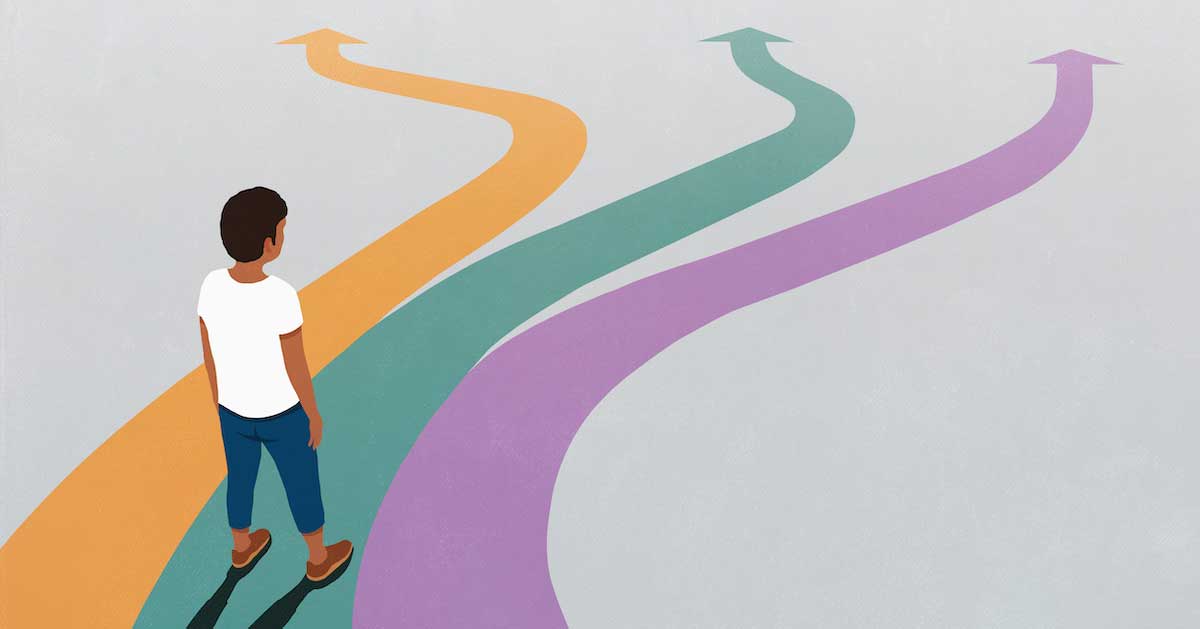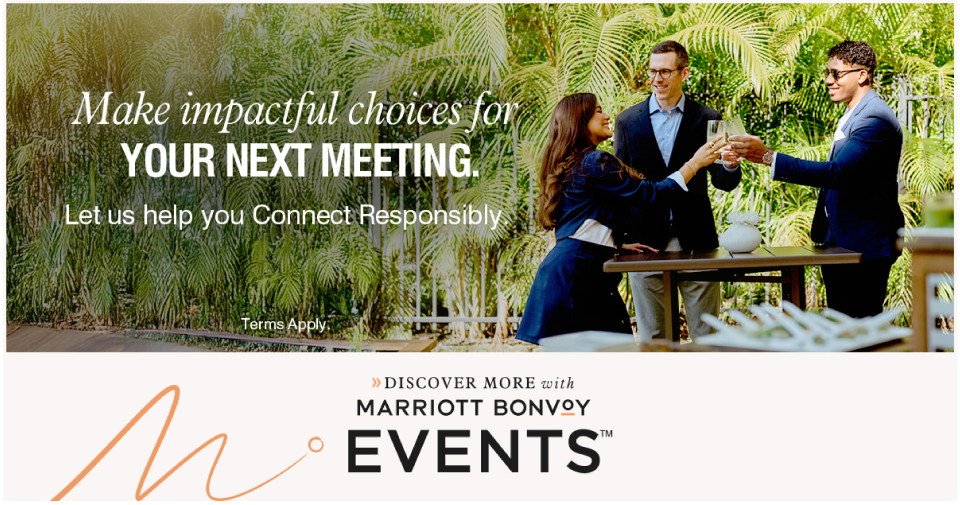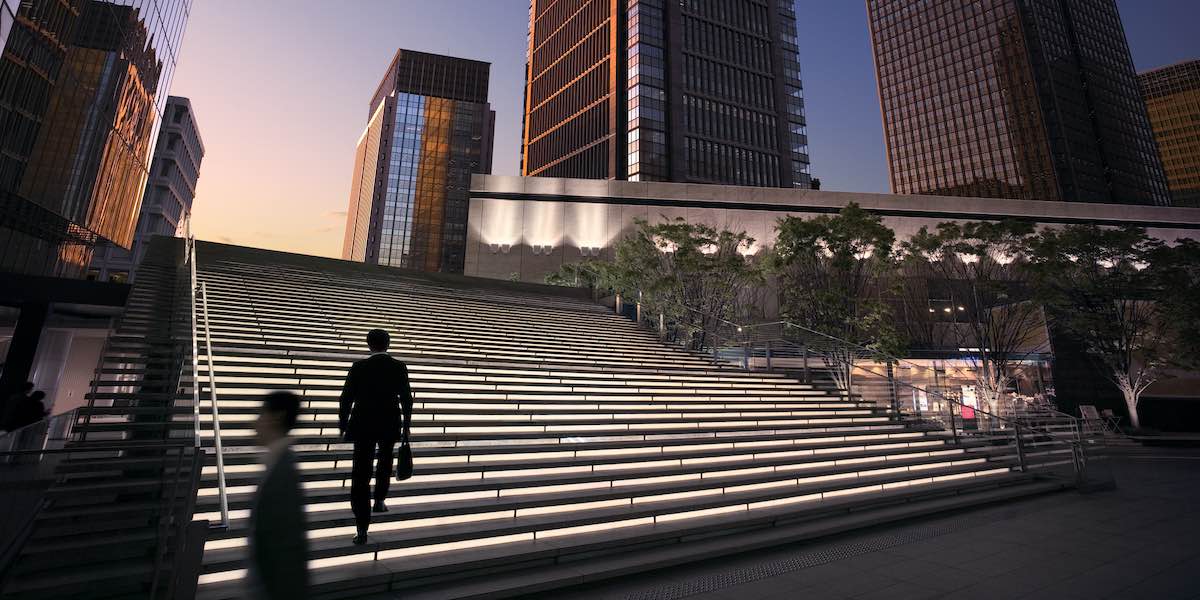This story is part of a special section from The Meeting Professional brought to you by

Last month, the International Association of Exhibitions and Events® (IAEE) announced that the in-person portion of this year’s Expo! Expo!— IAEE’s Annual Meeting and Exhibition slated for Dec. 8-10 in Louisville, Ky.—would not take place due to the negative realities of COVID-19. Instead, IAEE refocused its efforts on a virtual Expo! Expo! featuring many of the same show elements presented in an engaging virtual format.
Participants can expect a robust buyer experience with multiple ways to network with other attendees and exhibitors through chats and messaging functionality; a Buyer Resource Center housing important content spanning 60+ product/service categories through case studies, product demos and research papers; and an exhibitor marketplace to conduct business for 2021 and beyond. Five timely education tracks include Virtual Event Production, Wellness & Personal Development, Young Professionals, an Executive Experience and Safely Reopening Exhibitions & Events. A general session with Risha Grant, who focuses on diversity, equity and inclusion, will be featured across three days, along with elements from the in-person show including a Tech Theatre presenting tech use cases and new product pitches and industry icon interviews through the News and Views Theatre.
We spoke with Nicole Bowman, MBA, vice president of marketing and communications for IAEE, to learn more about what to except from Expo! Expo! and the process of planning this now all-virtual event.
How are you pre-emptively trying to plan for/avoid technical issues that can impact virtual events?
We have learned a lot from hosting our own smaller conferences since March 2020 and by attending others’ events. It is important to really lean on production experts to guide you through the most efficient ways of producing a virtual event. We are all learning these new virtual platforms as we go along and there is a lot of room for interpretation of what can be done. We have accounted, as much as we can, for internet outages and bandwidth issues by dispersing staff across multiple locations, making sure the best technical hardware is procured, within reason, and really relying on the production company to have backups of backups across multiple locations in case a session loses power. We have pre-recorded most sessions so that they have consistency in viewing and we don’t have to worry about internet or bandwidth issues.
Aside from the technical, what challenges do you anticipate encountering during the virtual event and how can they be addressed?
Ha! The sky is the limit, but seriously, I think all virtual show producers worry about bandwidth and sessions not playing or just the technology not working when you need it to. We have planned and planned some more with multiple layers of backups for various scenarios, so at a point, you have to trust your partners to get the job done. We do have the benefit of our members doing what we do, so there is grace and understanding when something doesn’t work out like you thought it would.
What observations of other virtual events have you made in the past couple of months?
Something always goes wrong, but that’s the same for a live event. The platform is only as good as the attendees that are engaging in it. Virtual attendees have to be much less passive in their participation, so if you are normally an introvert, I would think that virtual events could be a lot harder.
How do you plan to ensure the virtual audience feels immersed in the event?
This is a tricky one as nothing really beats the power of face-to-face interaction. As I said above, we have all attended many virtual events this year and made notes on what we liked and what we didn’t. It is really important to take into account the attention span of the average web user and plan your content and timing around best practices in neuroscience. We have shorter sessions pre-recorded followed by live Q&A through Zoom sessions. Those sessions, peppered into a marketplace that will be available all day for attendees to visit exhibitors and make appointments through video chats and calls, will make the event engaging. We are gamifying the virtual platform with prizes for attendees who have the most activity on the platform, which we can track through analytics.
What shifts in attendee/exhibitor attitudes about in-person event participation have you observed as the pandemic has become part of everyday life?
I think we are living with the realities of trying to conduct our lives and businesses through a pandemic. I personally see and experience COVID-19 fatigue. It’s always on the news, I get irritated when people don’t wear their masks, but as humans we crave what we can’t have and we all want pre-COVID normalcy. We have to stay vigilant. For our association, we are good at adapting. Our staff is tech savvy and we will always find a way to bring buyers and sellers together. I think there is a 50/50 split on attitudes about meeting in person, but that same percentage could be applied to any scenario in your life.
What feedback have you received from stakeholders regarding the decision to go virtual, and how has that impacted planning?
We have received overwhelmingly positive feedback from attendees and exhibitors. This goes back to our duty of care, and while we would love to see our members and community face to face, we are adjusting to a new buyer/seller marketplace for this year’s event in the best interest of all our stakeholders.
What have you learned in the process of planning a virtual event that can be applied to hybrid events going forward?
Virtual events require about five to 10 times as much work. You have to plan out every single step in the journey and convince attendees with the written word that this will be easy. Most attendees never even step into a virtual platform until right before the event starts, so the platform has to be designed with a very keen eye for the user experience. The biggest aha moment I have taken away from events in 2020 is that as show organizers, we really rely on our attendees to figure most things out for themselves. You create your signage, provide a mobile app, send out messaging (I am simplifying a lot of marketing tactics here) and expect attendees to show up on site and meander along with a certain level of autonomy. In a virtual event, you have to map out, very clearly, all the different avenues a person can take. There has to be very concise instructions and videos on how to use the platform.
What challenges are you facing for planning future hybrid events and how will those events look different from traditional in-person events held pre-pandemic?
I couldn’t even answer that right now. I do know that we were able to reach a much broader audience for our advocacy event, Exhibitions Day, and that will continue as a hybrid event in the future, at least in 2021. For many years now, the trade show industry has been talking about a changing model, but change is slow. COVID-19 catapulted the industry forward and has forced us to reset all previous assumptions about our industry and how we provide services to our stakeholders. There is good and bad with everything and we are choosing to embrace this new way when it benefits our goals and objectives.
Photo by Sylwia Bartyzel on Unsplash







